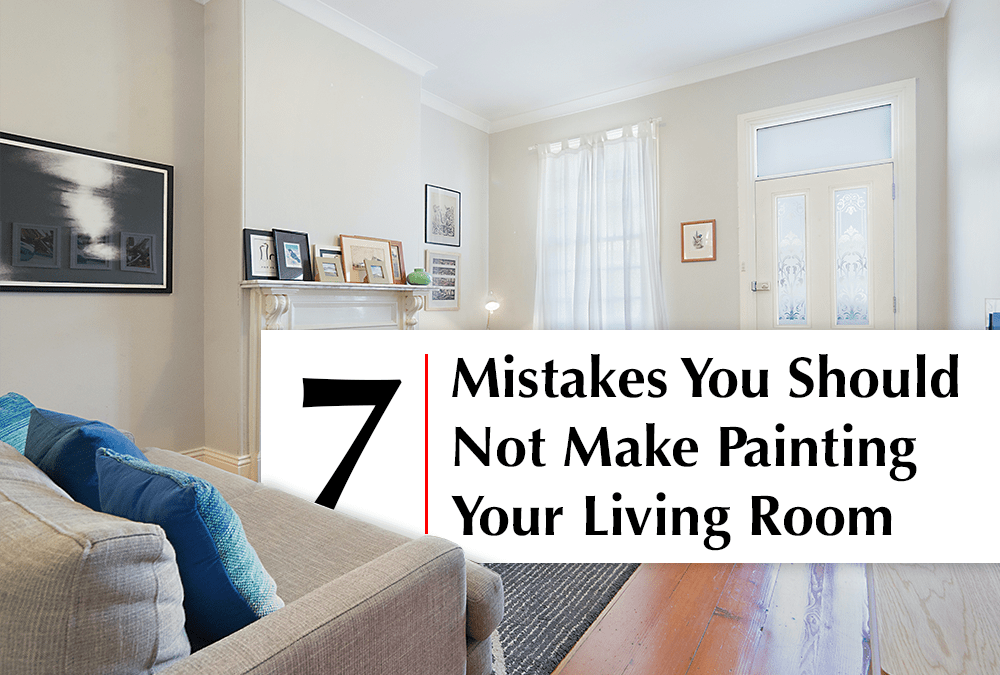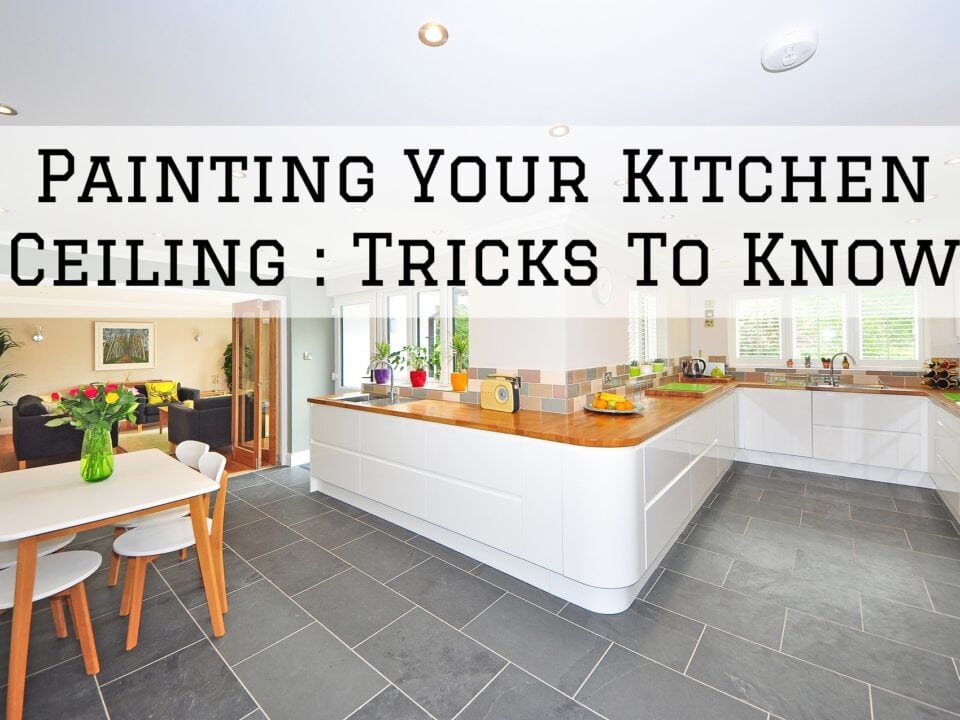7 Mistakes You Should Not Make Painting Your Living Room in University City, CA

5 Dangers To Avoid When Cleaning Your Roof in Point Loma, CA
March 10, 2021
7 Tips For An Excellent Remote School Area in Torrey Highlands, CA
March 17, 20217 Mistakes You Should Not Make Painting Your Living Room in University City, CA
When you’re in the process of painting your home or generally looking to improve the look of your home, it’s important to stay focused on the task and to try to avoid certain mistakes that could easily wreck the painting process or even just make it take that much longer.
The good is that these mistakes are avoidable, especially if you know about them in advance and take the steps to prevent them.
With that being the case, let us look at seven mistakes you should not make painting your living room in University City, CA.
1. Leaving Everything In The Living Room
There are problems that you can overcome when you are painting your living room, and issues that arise that are more easily avoidable — one such issue is having things in your way when you are painting.
There are things that will get in your way that are unavoidable, but certain things are certainly avoidable — furniture being one of those things, so long as it is reasonable to remove the furniture.
If it’s not possible to remove the furniture for whatever reason, you can try to at least move it away from the walls and cover it with protective material so that it doesn’t possibly get paint on it.
2. Not Covering The Floors
Even though you aren’t painting the floors, you’re painting the walls — you still should cover the floors or at least part of them.
This is typically a good idea because though you’re really aiming to only get paint on the walls, any application of paint could lead to paint dripping down on the floor.
3. Not Taping Off The Molding
The molding is something that is easy to get paint on, and one of the few ways that you can avoid doing this is by taping it off using quality painter’s tape.
It is important to either take the time to tape off the molding or use the right brush technique to avoid getting paint on the molding.
4. Not Checking For Holes In The Wall
Of course, in the course of painting your walls, you are possibly going to run into holes in the walls that could have found their way there over time — and these could be holes that are sizable and from accidents or even smaller and come from pictures that are hung up on the wall or the like.
It’s critical that you take the time to patch up the holes, as small as they may be, in order to not have future issues with them after you have painted — in other words, you can’t just fix holes in the wall with paint alone.
5. Not Properly Seeing If Your Colors Work
You might know for sure what colors you want for your living room, but are they really going to work with the room?
One of the best ways that you can verify this is to take a few paint samples (actual paint, that is) and to paint small areas on the walls that are going to be painted and then to see what they really look like.
This means seeing how they look with the lights on, with natural light coming in, etc. – and then you’ll really know if the color or colors are going to work well with your living room.
6. Not Cleaning The Walls
One of the fundamental steps of preparing your walls for the painting process is their cleaning — for your average living room wall can actually accumulate quite a bit of dust and grime over time and it needs to be removed.
It’s not something that can be painted over either — that will just get you painted dirt and that is not a look you want for your living room walls.
7. Not Sanding The Walls Prior To Painting
Lastly, let us look at a key mistake that is easy to make — not sanding the walls prior to starting the painting process.
The sanding of your walls is important because it will get them significantly smoother and that is the way that you get well painted living room walls — among other steps, of course.
At Peeks Brothers Painting, we use only high-quality painting products from reputable manufacturers for guaranteed durability and quality of the final paint job.
Book a FREE estimate below or call us at (858)505-1361 if you have any questions.
Related: 7 More Ways To Improve Your Curb Appeal in Scripps Ranch, CA
How To Best Paint A Metal Fence in Del Mar, CA
How To Properly Paint Your Wooden Fence in La Jolla, CA





